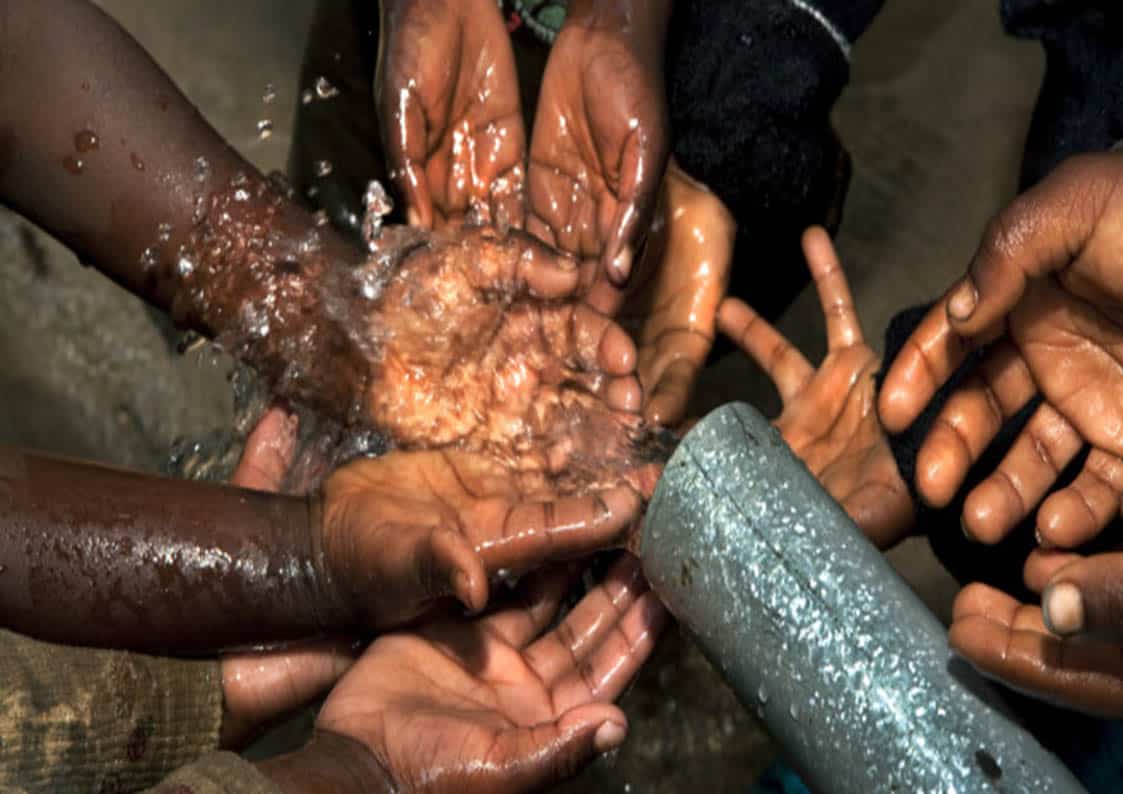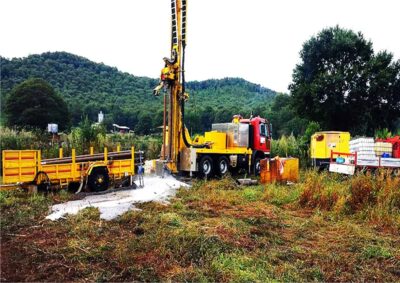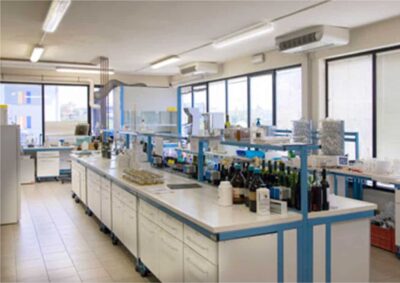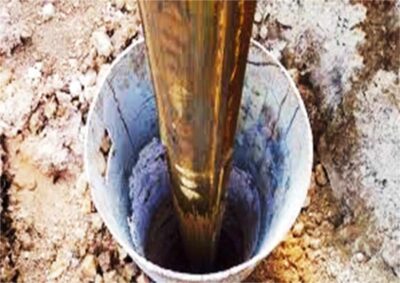Background
– Approximately 1.2 billion people live in areas with physical water shortages and 500 million people face a similar fate.
– A further 1.6 billion people are affected by economic water shortages (in countries that lack the necessary infrastructure for drawing water from rivers or aquifers).
– According to estimates, a third of the world’s population is affected by drought, desertification and other forms of water scarcity.
– There are forecasts that even predict a worsening of water scarcity in areas with strong population growth, particularly in sub-Saharan Africa, South Asia and some countries in South America and the Middle East.
Source: World Water Assessment Program (UNESCO)
On January 1, 2016, 17 Sustainable Development Goals (SDGs) became the centerpiece for the 2030 Agenda. These goals apply to all and all countries are equally challenged to address pressing challenges such as the fight against all forms of poverty and inequalities, taking into account environmental issues, and to ensure that no one is left behind.
Goal number 6 is to ensure the availability and sustainable management of water and sanitation for all.
Access to safe drinking water is a human right and there is enough water on this planet to achieve this. Due to a lack of funding or poor infrastructure, millions of people – including many children – die every year from diseases caused by inadequate water and sanitation and a lack of hygiene.

Water shortages, contaminated water and inadequate sanitation have a negative impact on food security, career choices and educational opportunities for poor families around the world. Currently, more than 2 billion people are threatened by limited access to fresh water sources and it is estimated that by 2050, 25% of all people will live in a country affected by permanent or temporary water scarcity. Drought in particular threatens some of the world’s poorest countries, increasing hunger and malnutrition.
To improve sanitation and access to drinking water, more local involvement in water management and sanitation facilities is needed in some developing countries in sub-Saharan Africa and Southeast Asia.
Women and water
According to a 2013 study by the Global Water Institute, women and girls are disproportionately affected by the problems of water scarcity and inadequate sanitation. In almost two thirds of all rural households in developing countries, women are responsible for fetching water. In Africa, 90% of all work related to fetching water and wood for the household and preparing food is done by women. On average, women walk 6.4 km every day to fetch water, with the average weight they carry on their heads being around 20 kg.
Access to clean water in Kenya
| 1992 | 2015 | Development | |
| Total population | 25’030’000 | 46’050’000 | 84% |
| Rural population | 20’688’000 | 34’072’000 | 65% |
| Urban population | 4’342’000 | 11’978’000 | 176% |
| Total population with access to clean drinking water (%) | 44.6 | 63.2 | |
| Rural population with access to clean drinking water (%) | 35 | 56.8 | |
| Urban population with access to clean drinking water (%) | 90.8 | 81.6 | |
| Total population without access to clean drinking water | 13’866’620 | 16’946’400 | 22% |
| Rural population without access to clean drinking water | 13’447’200 | 14’719’104 | 9% |
| Urban population without access to clean drinking water | 16’745’464 | 24’297’952 | 45% |
| Source: Aquastat FAO |
The FAO publishes water statistics “Aquastat” and according to these statistics, the number of people in the rural population of Kenya who did not have access to clean drinking water in 1992 was 13.447 million. In 2015, this figure was 9% higher and amounted to 14.7 million people. The number of people in urban areas in Kenya who did not have access to safe drinking water increased even more, by 45% from 16.7 million to 24.3 million people.
Situation Iloshion
The district of Elangata Wuas is politically part of the Kajiado District and one of the communities in this district is Iloshion. Over the last few years, Iloshion has been repeatedly affected by droughts and water shortages. Water shortages always have a dramatic impact on the lives of the affected population. For the women, this means that they have to spend even more time fetching water as they have to travel even greater distances. In addition, the Maasai are deprived of their livelihood as their animals die of thirst and often the only alternative is to move to the slums of the big cities.
The community of Iloshion has a population of 2,000 people and they are fighting not to lose their livelihoods in Iloshion. For this reason, we have decided to support the people of Iloshion by financing a well and, above all, to save them from being relegated to the slums of Nairobi. According to the FAO definition, a well is an improved water source.
Advantages
– Increase in the average amount of water available from approx. 1 liter per capita
– Improvement in the quality of life for 2,000 people
– Massai women can concentrate more on productive tasks again
– Improvement in sanitation and hygiene for the local population and especially for children
– Possibility of launching a farm project.
The project comprises six different stages
The local community will then appoint a member of the community to be responsible for maintaining the well.
The project costs are estimated at 6,909,290 Kenyan shillings. This large amount is mainly due to two factors: Iloshion is located in the middle of the Rift Valley and can only be reached by a dust road from Kajiado. This means that both the drill and all the necessary materials have to be transported several hours over this dust track. In addition, the drilling depth also poses a challenge. This has been set at between 180 and 250 m (the geological study will then determine the exact depth!) – due to the nature of the soil.
The project is a joint project between the WeCare Association and the Italian NGO La Nostra Africa. 77% of the funding comes from the WeCare Association and the remaining 23% is provided by La Nostra Africa. The project is organized and managed by La Nostra Africa.







